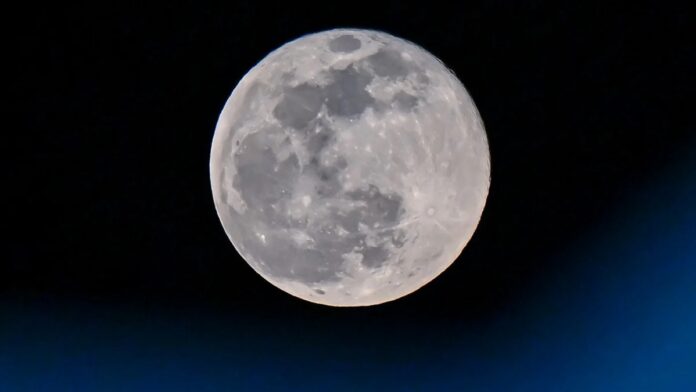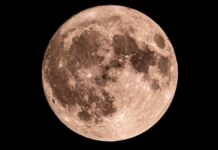November’s full moon offers a captivating celestial display, especially because it’s a supermoon – one of three consecutive, exceptionally large and bright moons gracing our skies. This article details when to view it, what it’s called, and provides a basic understanding of lunar phases.
The November Full Moon: Date and Time
Mark your calendars! November’s full moon will peak on Wednesday, November 5, 2025. According to Time and Date, the moon will reach its brightest at approximately 8:19 a.m. Eastern Time.
The “Beaver Moon”: A Name Rooted in Tradition
Full moons have historically been given distinct names, a practice stemming from early cultures who relied on the lunar cycle to track time and anticipate seasonal changes. The November full moon is known as the Beaver Moon. The origin of this name is open to interpretation, but most sources suggest it’s derived from Native American customs. Some believe it references the time of year when beavers actively build or repair their dams in preparation for winter. Alternatively, it could relate to Native American traditions of setting beaver traps during this period.
Why a Supermoon? Understanding Lunar Distance
This November full moon is particularly notable as a supermoon. A supermoon occurs when a full moon coincides with the moon’s closest point to Earth in its orbit—a phenomenon known as perigee. As the moon’s orbit isn’t perfectly circular, its distance from Earth varies throughout the month. When a full moon occurs near perigee, it appears significantly larger and brighter than a full moon at its farthest point, potentially up to 14% bigger and 30% brighter.
Looking Ahead: The December Full Moon
The Beaver Moon isn’t the last of these impressive celestial events. The next full moon will occur on December 4, 2025, according to NASA’s Daily Moon Guide, marking the final supermoon in this sequence.
The Lunar Cycle: More Than Just a Full Moon
The full moon is merely one stage in the moon’s approximately 29.5-day orbit around Earth. The lunar phases describe the changing appearance of the moon as we view it from our planet, reflecting the shifting amount of sunlight illuminating its surface. Despite the moon rotating, we always observe the same side; it’s the changing angle of sunlight that creates the distinct phases.
Here’s a breakdown of the eight main lunar phases:
- New Moon: The moon lies between Earth and the sun, rendering its illuminated side invisible to us.
- Waxing Crescent: A thin sliver of light appears on the right side (in the Northern Hemisphere).
- First Quarter: Half of the moon’s face is illuminated on the right side—appearing as a half-moon shape.
- Waxing Gibbous: More than half of the moon is lit, but it’s not yet a full moon.
- Full Moon: The entire face of the moon is illuminated and fully visible.
- Waning Gibbous: The illuminated portion of the moon begins to decrease on the right side.
- Last Quarter (Third Quarter): Another half-moon appears, with the left side illuminated.
- Waning Crescent: A thin sliver of light remains on the left side before the cycle restarts.
The consistent naming of lunar phases by early cultures demonstrates a deep understanding of the cyclical patterns of the night sky and its significance in daily life.
The November 2025 supermoon offers a unique opportunity to appreciate the beauty and rhythm of the lunar cycle, offering a fascinating glimpse into our solar system. The sequence of supermoons culminating in December provides a particularly striking astronomical event for all to witness.

























